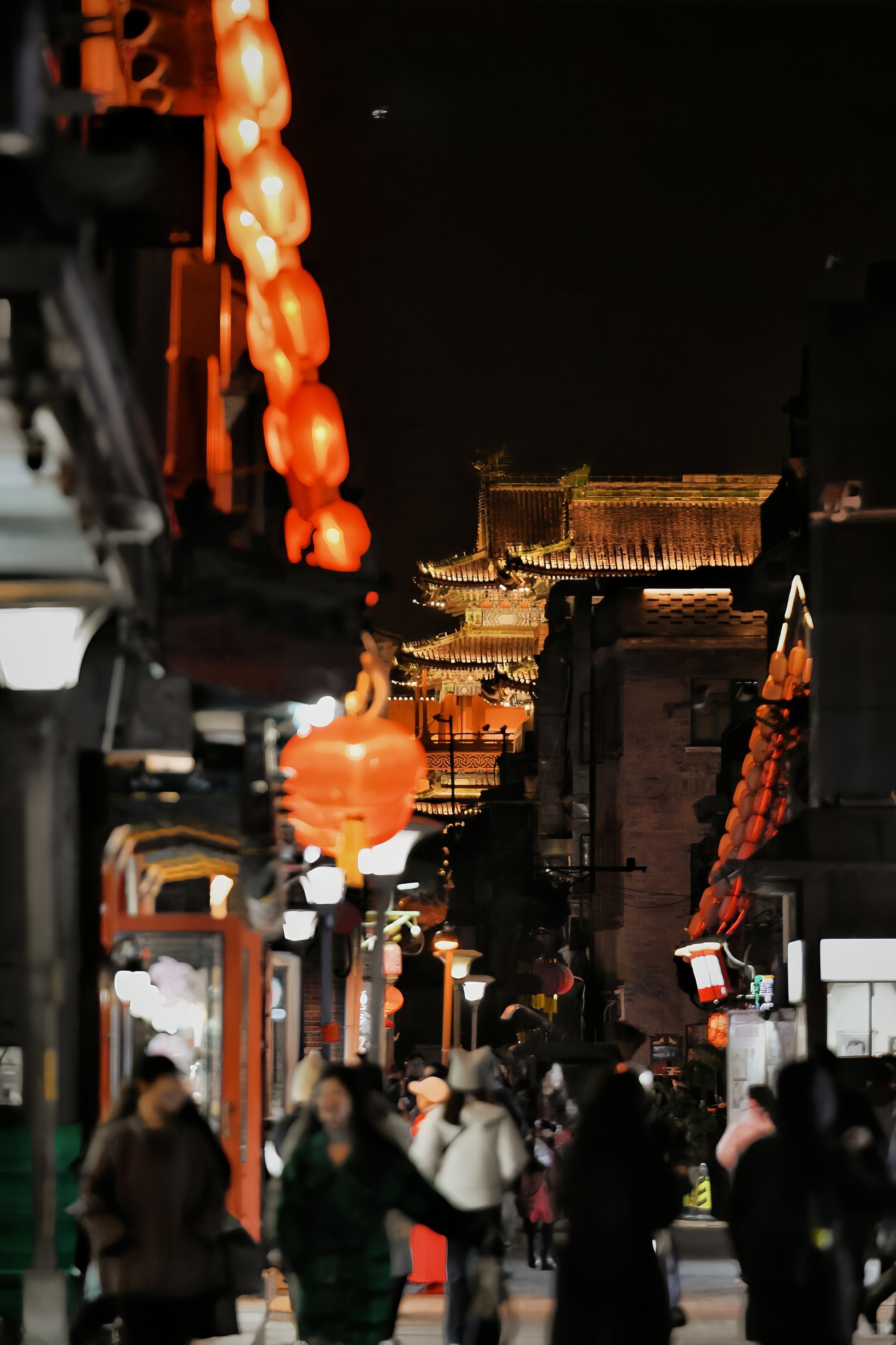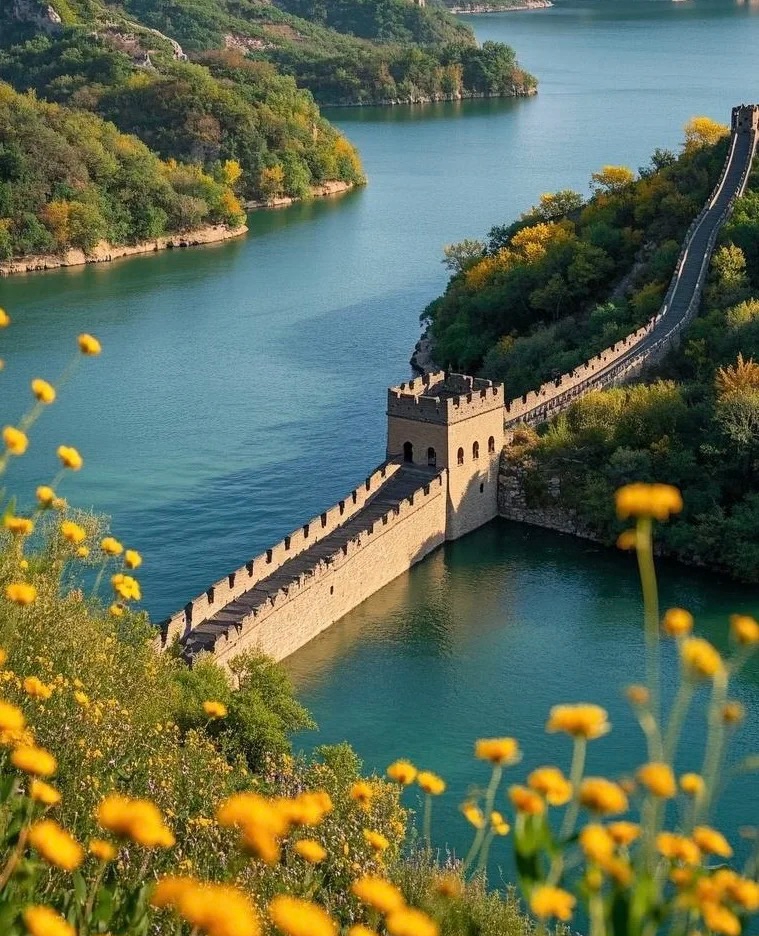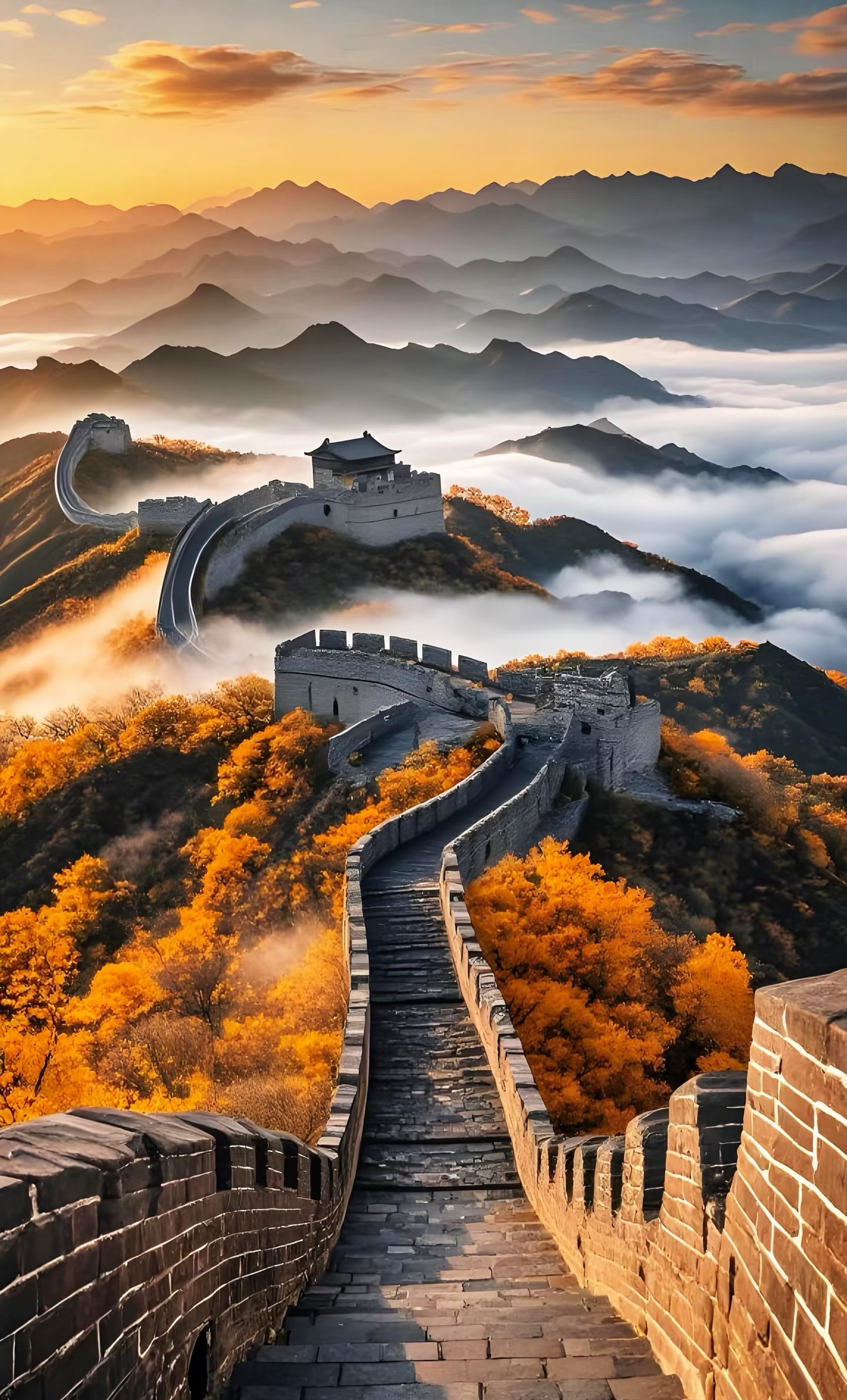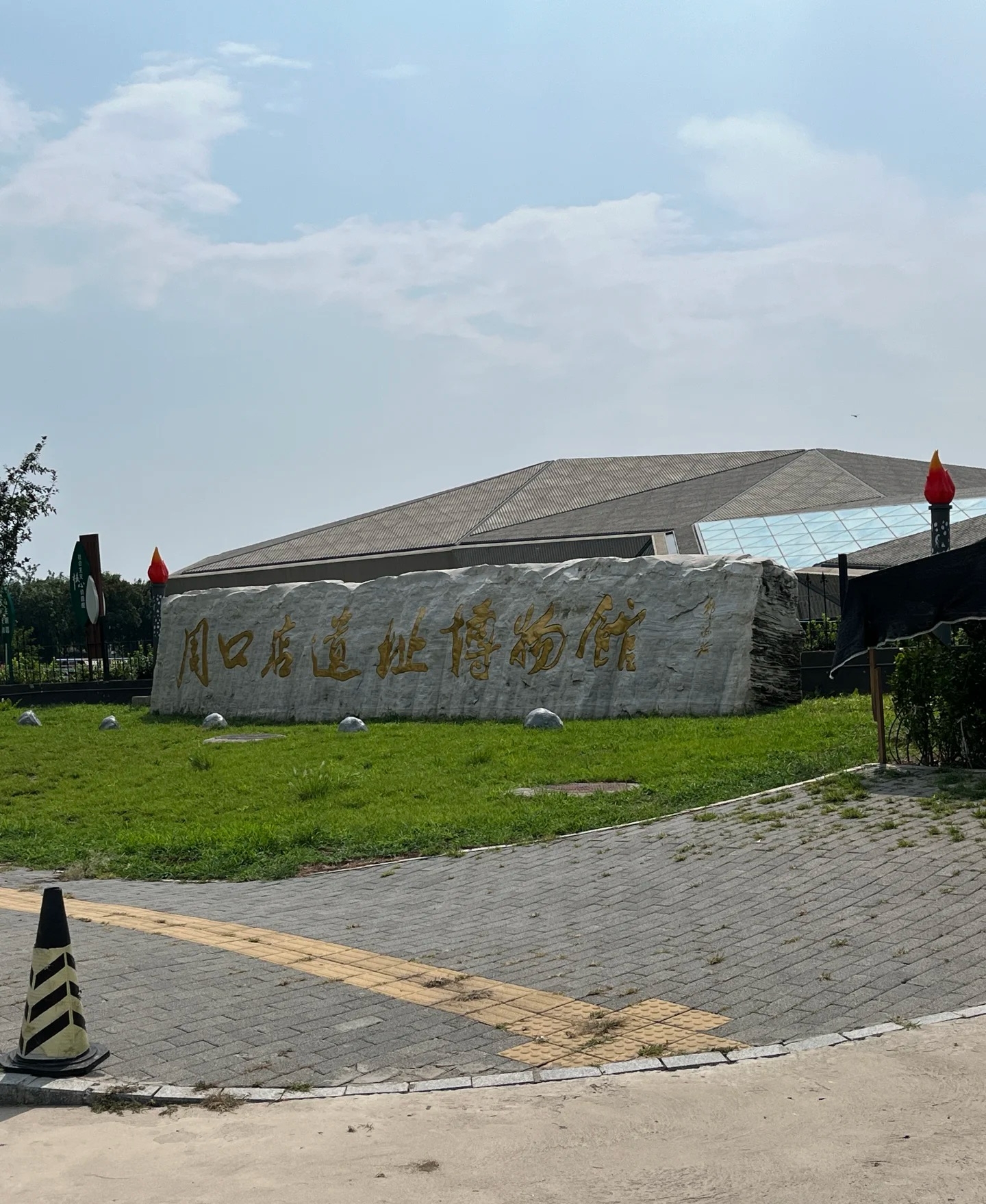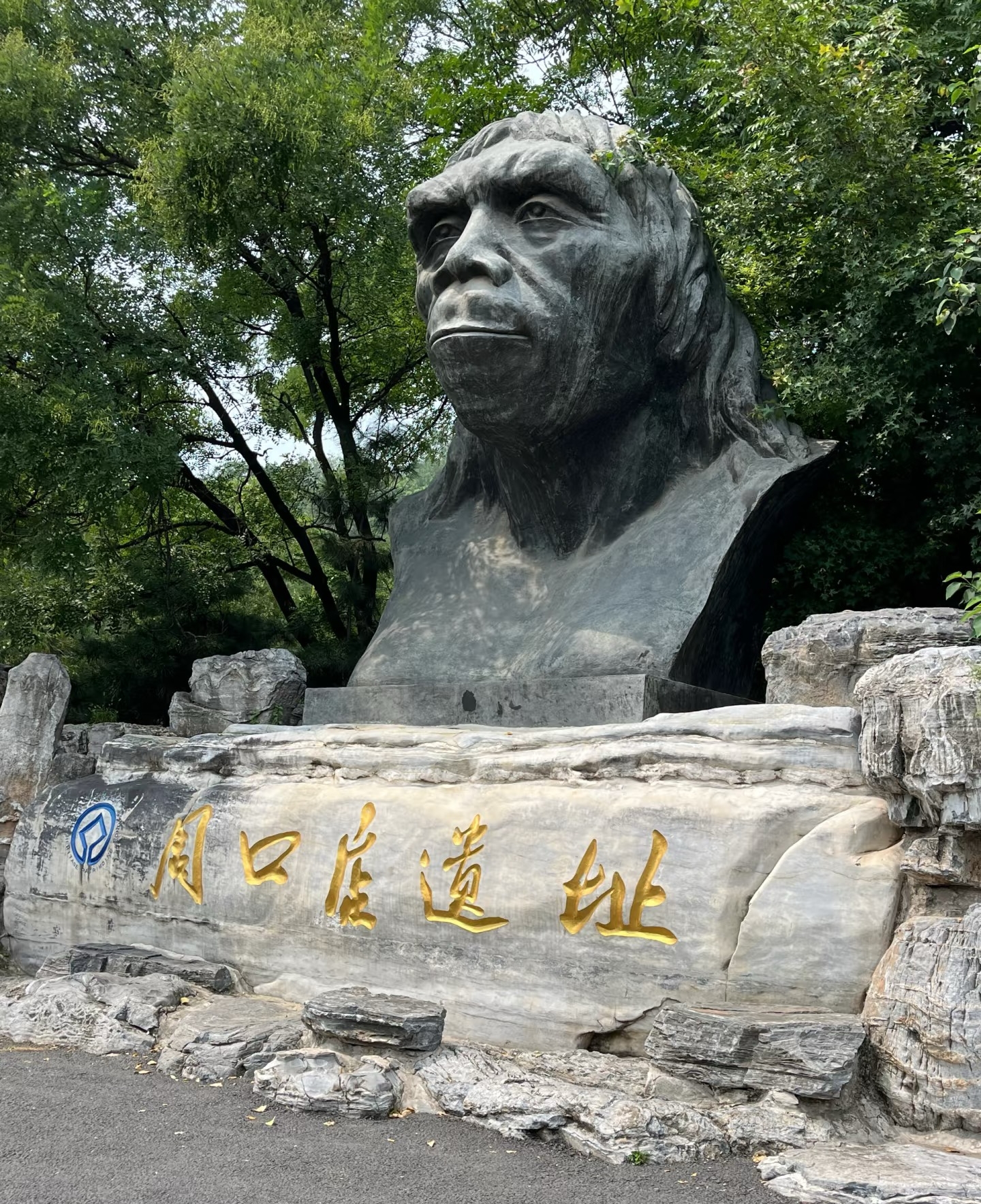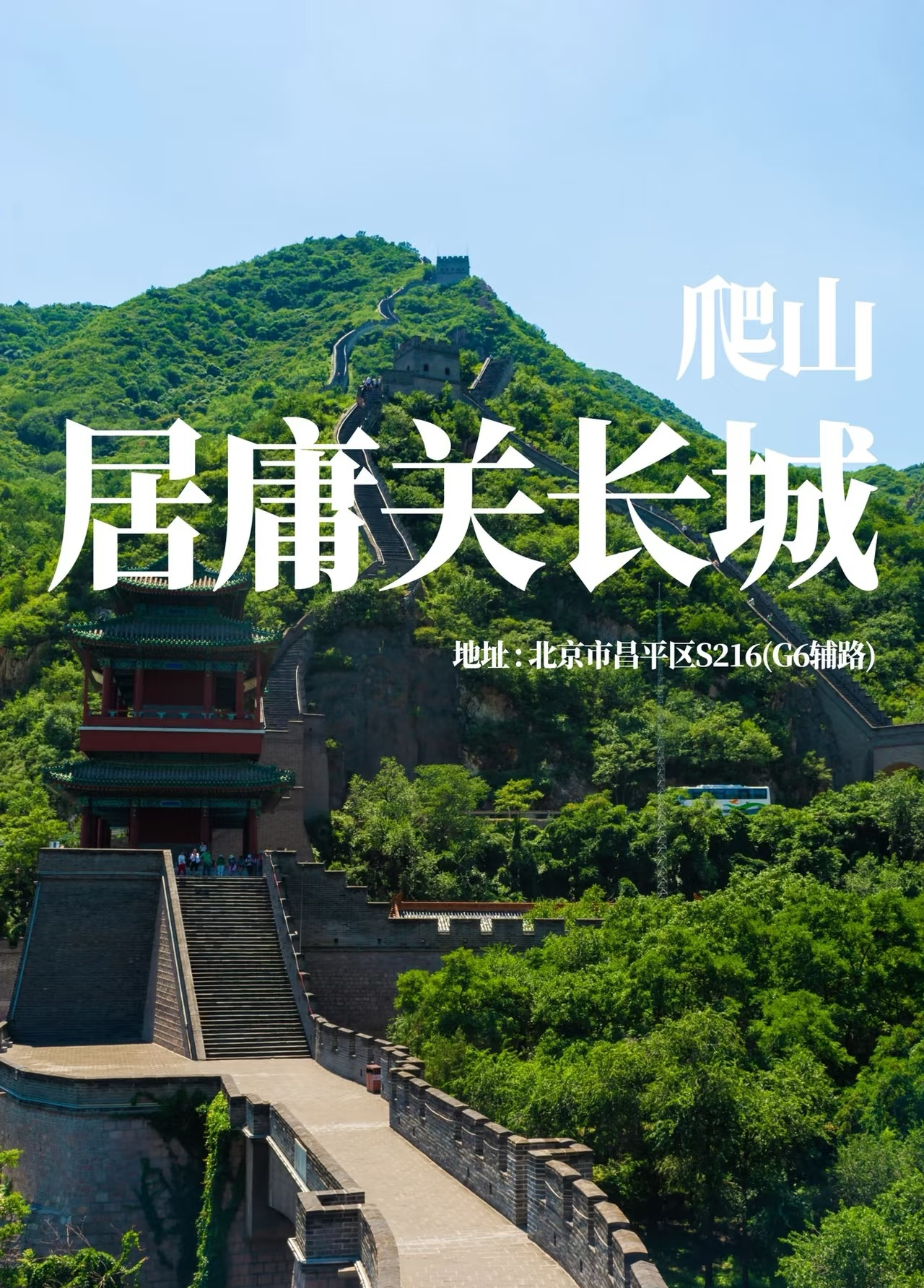

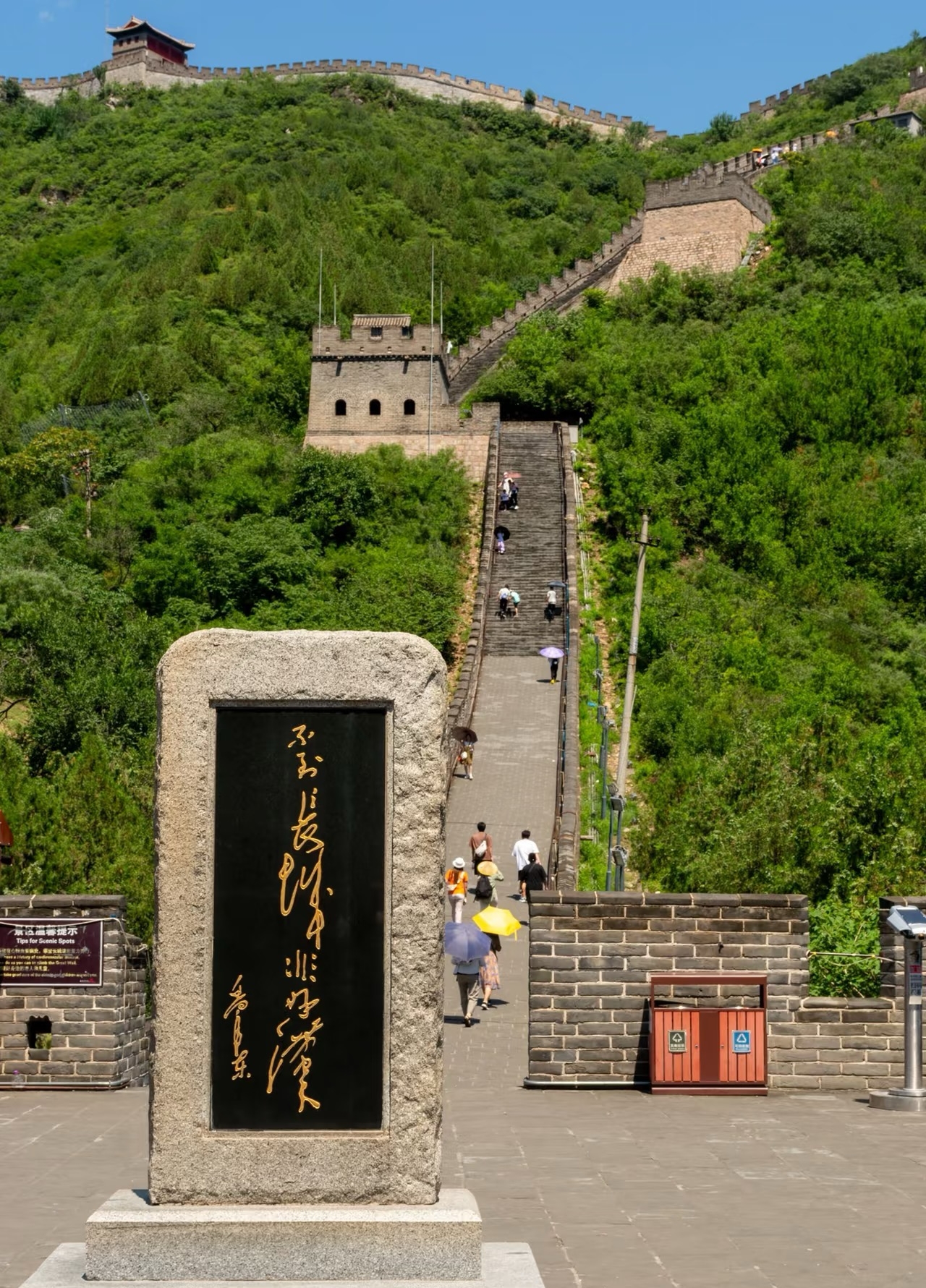
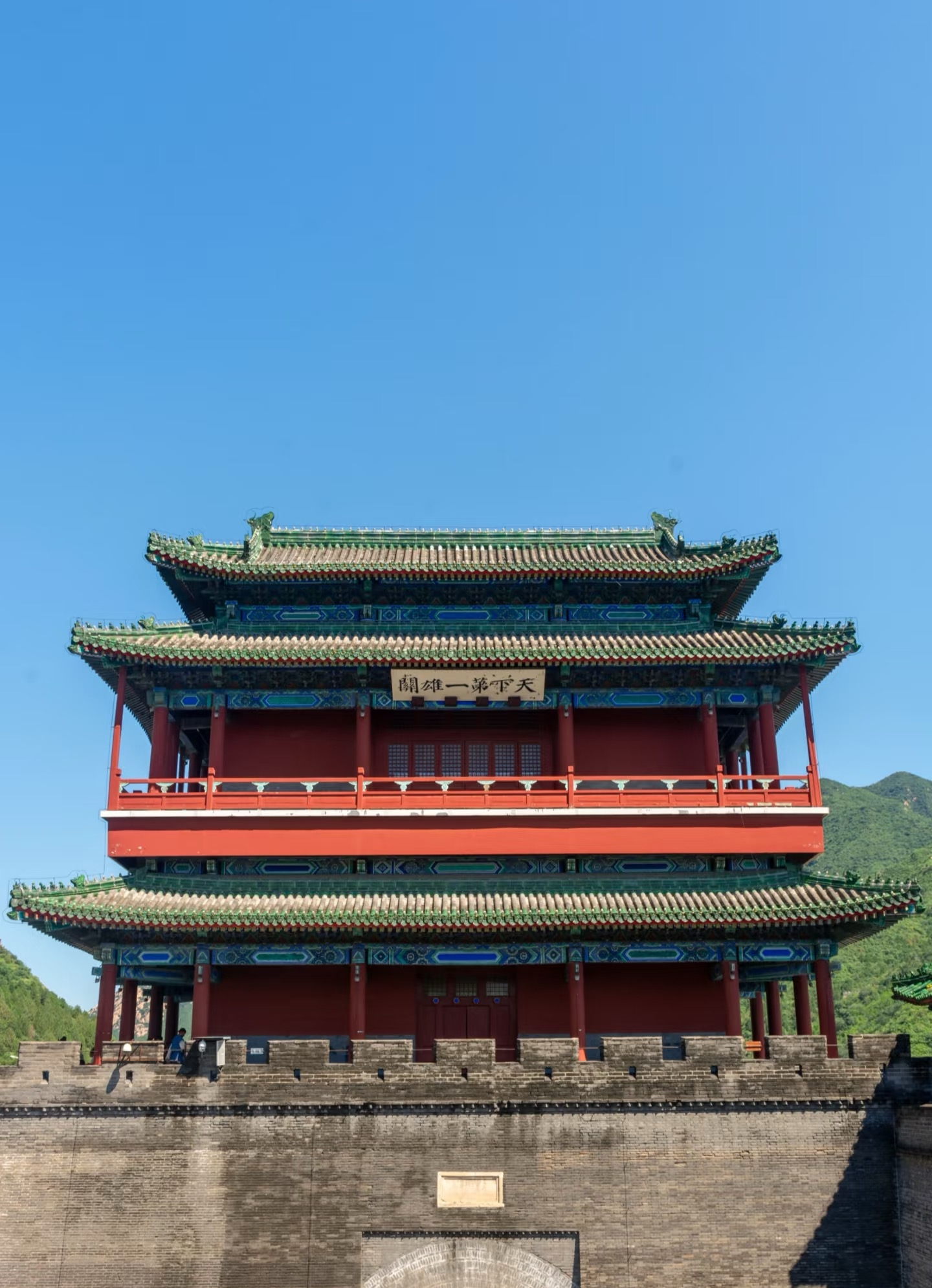

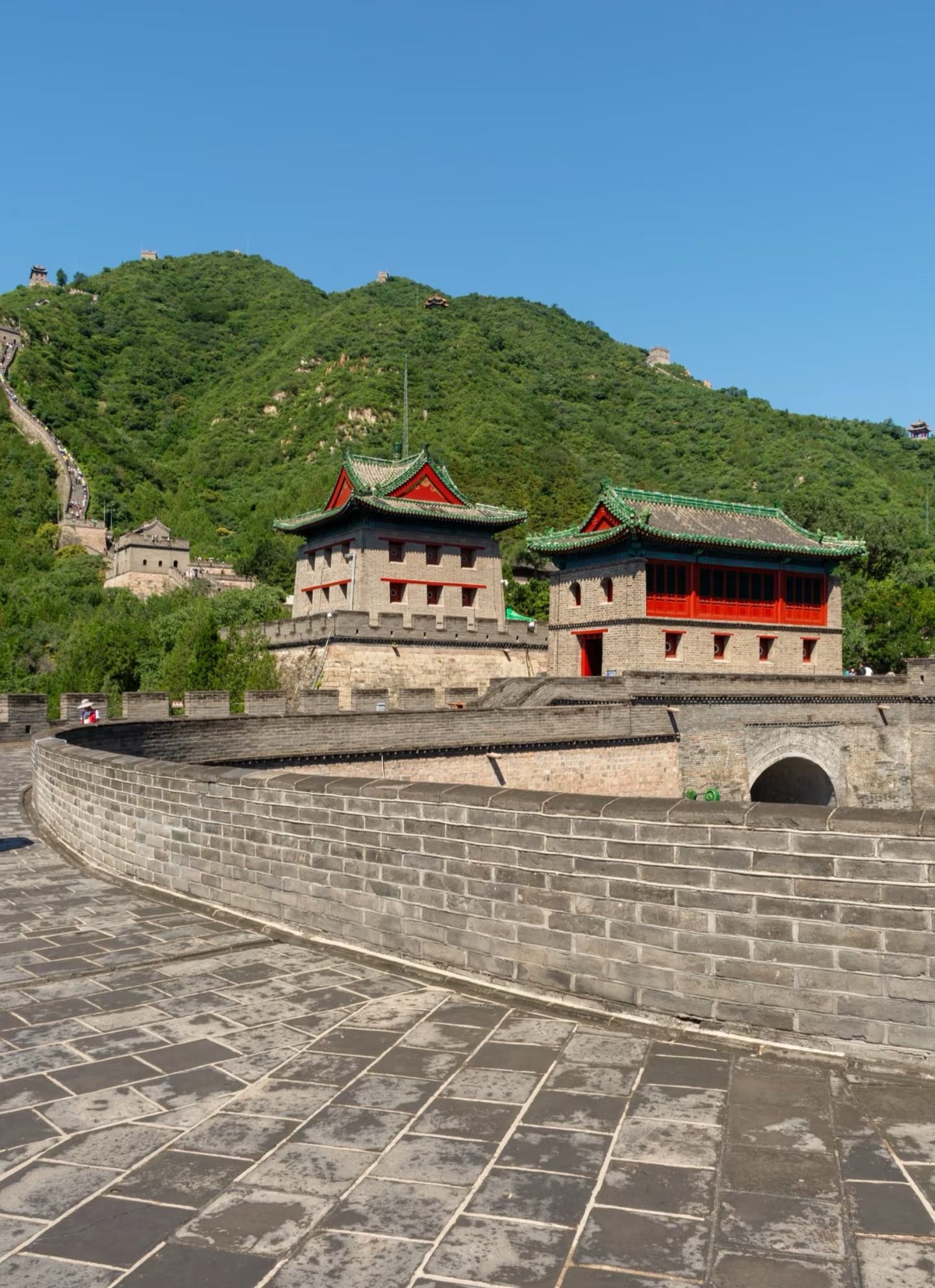
Juyongguan Great Wall
Juyongguan is one of the three most famous passes of the Great Wall of China, along with Jiayuguan and Shanhaiguan. Located in a strategic valley 50 kilometers northwest of Beijing, it was an important military stronghold guarding the southern entrance to Beijing. The pass features impressive fortifications, including gate towers, barrier walls, and a cloud platform with intricate Buddhist carvings dating back to the Yuan Dynasty.
Information
Ticket price
Time
Location
Juyongguan Village, Nankou Town, Changping District, Beijing, China
View maps
More about the trip
Juyongguan Great Wall: A Strategic Pass with Rich History
Juyongguan is one of the three most famous passes of the Great Wall of China, along with Jiayuguan and Shanhaiguan. Located in a strategic valley 50 kilometers northwest of Beijing, it was an important military stronghold guarding the southern entrance to Beijing. The pass features impressive fortifications, including gate towers, barrier walls, and a unique cloud platform with intricate Buddhist carvings dating back to the Yuan Dynasty. It offers a different experience compared to other sections of the Great Wall, focusing more on its defensive structures.
What to See and Do
Explore the Fortifications: Walk along the well-preserved sections of the Great Wall that form a loop around the valley. You can explore the various watchtowers, battlements, and defensive structures that made this pass so formidable.
Cloud Platform (Yuntai): This is a unique marble platform built in 1342. Originally, it was the base of three white pagodas, which were later destroyed. The platform is adorned with exquisite Buddhist carvings in six languages, including Sanskrit, Tibetan, and Chinese, depicting Buddhist deities and scriptures.
Guancheng (Pass City): The main gate complex of the pass, featuring multiple layers of defensive walls and towers. You can walk through the archways and explore the inner courtyards.
Juyongguan Museum: A small museum near the entrance provides historical context about the pass, its military significance, and the Great Wall.
Views of the Valley: From the wall, you get panoramic views of the surrounding valley and the winding Great Wall snaking through the mountains.
Best Time to Visit
Spring (April-May) and autumn (September-October) offer the most pleasant weather. Avoid visiting during major Chinese public holidays (e.g., National Day, May Day, Chinese New Year) as it can be crowded.
How to Get There
Juyongguan is accessible from Beijing by bus or private car. You can take Bus 919 from Deshengmen Bus Station directly to Juyongguan. Many tour operators in Beijing also offer organized day trips that include Juyongguan.
Travel Tips
Wear comfortable shoes: You'll be doing a lot of walking and climbing stairs.
Sun protection: Bring a hat, sunglasses, and sunscreen for outdoor areas.
Allow ample time: Plan for at least 2-3 hours to explore the pass thoroughly.
Less crowded: Juyongguan is generally less crowded than Badaling, offering a more relaxed experience.


